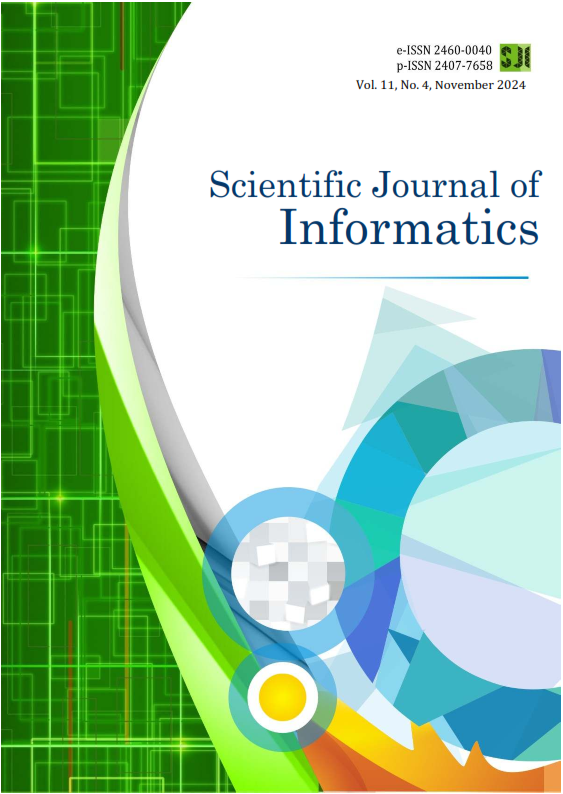Hybrid Quantum Representation and Hilbert Scrambling for Robust Image Watermarking
DOI:
https://doi.org/10.15294/sji.v11i4.10140Keywords:
Hilbert scrambling, Image watermarking, Quantum hilbert scrambling, Performance measurementAbstract
Purpose: This work aims to apply Quantum Hilbert Scrambling to enhance the security and integrity of image watermarking without affecting visual quality degradation. Further conception of the surveyed methods could result in a very good solution to conventional methods of watermarking in solving some problems of digital image security and integrity with new concepts of quantum computing.
Methods: The paper reviews Quantum Hilbert Scrambling, whose computational complexity is . The process involves encoding the image into a quantum state, permuting qubits by the Hilbert curve, and embedding a watermark using quantum gates.
Result: The quantitative performance evaluation metrics, like Peak Signal to Noise Ratio (PSNR) and Structural Similarity Index (SSIM), have shown high Peak Signal to Noise Ratio (PSNR) values from 56.13 dB to 57.87 dB and Structural Similarity Index (SSIM) from 0.9985 to 0.9990, correspondingly. This justifies the fact that the quality degradation is very slight and the fine details of the structure are well maintained.
Novelty: The proposed method uniquely integrates quantum computing with traditional watermarking steps for a secure and effective approach in digital watermarking. Further development should focus on improving the quantum circuit regarding computation efficiency, extending the applicability of the method to a wide range of images, and various situations in watermarking, and finding hybrid approaches by combining quantum and classical approaches towards better performance and scalability.

